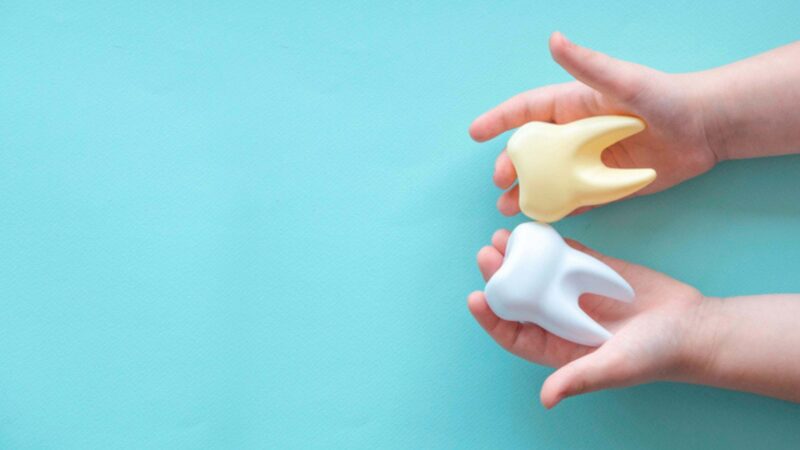What Age Can a Child Start Invisalign?
Are you considering Invisalign for your child? Invisalign is a popular alternative to traditional braces that uses clear, removable aligners to straighten teeth. While Invisalign is often associated with adults, it can also be a great orthodontics treatment option for children. Find out here what age at which a child can start Invisalign, the benefits of early orthodontic treatment, and what to expect during and after treatment.
Understanding the Importance of Early Orthodontic Treatment
Orthodontic treatment can help correct problems with the alignment of teeth and jaws. Early treatment can help identify and fix these issues before they become more serious. Many orthodontic problems can be corrected more easily and effectively during childhood when the teeth and jaws are still developing. Early orthodontic treatment can help prevent more serious dental problems in the future, such as tooth decay, gum disease, and even tooth loss. It can also help improve a child’s self-esteem and confidence by giving them a straighter, healthier smile.
Factors to Consider Before Starting Invisalign for Children
Before deciding on Invisalign for your child, there are several factors to consider. The first is the child’s age. While Invisalign can be used for children as young as seven, it is typically recommended for children who have all of their permanent teeth, which usually occurs around age 12.
Other factors include the following:
- The severity of the child’s orthodontic issues
- Their level of commitment to wearing the aligners as directed
- Their overall oral health
Invisalign may not be the best option for children with severe orthodontic issues, as traditional braces may be more effective.
How Invisalign Works for Children
Invisalign uses a series of clear aligners that are custom-made for each patient. These aligners gradually shift the teeth into the correct position over time. Invisalign aligners are typically worn for 20 to 22 hours per day and are removed for eating, drinking, and brushing. Invisalign treatment for children normally takes about 12 to 18 months, depending on the severity of the child’s orthodontic issues. During this time, your child will wear a series of aligners that are replaced every two weeks.
Benefits of Invisalign for Children
There are several benefits of Invisalign for children compared to traditional braces.
- Discreet appearance: The first is that Invisalign aligners are virtually invisible, which can help improve a child’s self-esteem and confidence during treatment.
- Easily removed: Invisalign aligners are also removable, which makes it easier for children to eat, brush, and floss.
- Comfortable & lower oral health risks: Invisalign aligners are also more comfortable than traditional braces, as they do not have wires or brackets that irritate the mouth. It can help reduce the risk of mouth sores and other discomforts associated with traditional braces.
Preparing for Invisalign Treatment for Children
Before starting Invisalign treatment, your child must undergo a comprehensive orthodontic evaluation. That will include x-rays, photographs, and impressions of the teeth. Once your child’s treatment plan has been developed, they will receive their first aligners. Your child will need to wear these aligners for 20 to 22 hours per day, removing them only for eating, drinking, and brushing. Following your orthodontist’s instructions for wearing and caring for the aligners is important to ensure the best results. Regular checkups with your orthodontist will also be necessary to monitor your child’s progress and make any necessary adjustments to the treatment plan.
Post-Treatment Care & Follow-Up
After your child’s Invisalign treatment is complete, they will need to wear a retainer to help maintain the results. Your orthodontist will instruct how long and how often your child will need to wear their retainer. It is important to continue to follow good oral hygiene habits, including brushing and flossing regularly, to maintain the health of your child’s teeth and gums. Regular dental checkups and cleanings are also important for maintaining good oral health. Invisalign can be a great option for children who need orthodontic treatment. Starting early treatment can help correct problems before they become more serious, and Invisalign offers several benefits over traditional braces. If you are considering Invisalign for your child, consult an orthodontist to determine the best course of treatment. With proper care and follow-up, Invisalign can help your child achieve a straighter, healthier smile that will last a lifetime.

Deepa Mahar is an independent blogger and admin of DeepAdvices who is exploring the beauty of the blog writing from a variety of subjects and books to health, science and others. She believes the blog would be helpful to the reader in the context of knowledge. She is post-graduated with a degree of Biotechnology.





